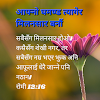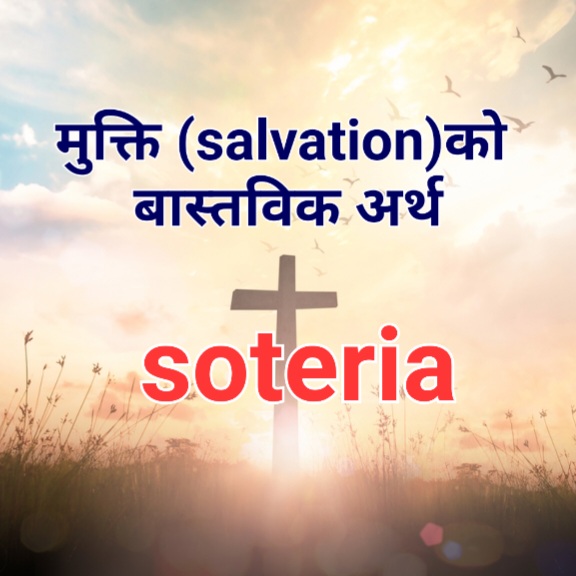The Preference for Burial over Cremation among Nepali Christians: A Theological and Socio-Cultural Analysis
Introduction
The funeral practices of Nepali Christians, especially their preference for burial instead of cremation, offer a revealing lens into the intersection of theology, cultural identity, and religious minority status in Nepal. As Christianity grows within a predominantly Hindu cultural context where cremation is normative, the choice of burial reflects complex theological convictions and socio-cultural dynamics. This essay explores the theological foundations, cultural distinctions, and identity implications underlying Nepali Christians’ preference for burial, supported by relevant academic sources.
Biblical and Theological Foundations of Burial
Christian burial practices are grounded in biblical precedent and theological symbolism. Scripture consistently portrays burial as the normative response to death for key figures such as Abraham, Sarah, Moses, and Jesus Christ himself (Gen. 23:19; Deut. 34:6; Matt. 27:59–60). Moreover, Pauline theology explicitly connects burial to the Christian hope of bodily resurrection, stating that believers are "sown in the earth" but "raised imperishable" (1 Cor. 15:42–44, NIV). This theological anthropology affirms the sanctity of the human body as created in God’s image and anticipates its future redemption (Fee, 2014).
For Nepali Christians, adopting burial thus serves as an embodied confession of faith in resurrection and eternal life, distinguishing their funerary rites from those of their Hindu neighbors (Gale, 2019). This preference is not merely ritualistic but expresses core soteriological beliefs.
Cultural and Religious Distinction from Hinduism
Cremation in Nepal is deeply intertwined with Hindu cosmology, where it serves as a ritual to release the soul (atman) and purify the living from the defilement of death through fire (agni) (Tamang, 2014). Hindu funeral rites involve complex ceremonies aimed at securing the soul’s journey toward liberation (moksha) and ancestral continuity (Parajuli, 2011).
Conversion to Christianity involves a conscious repudiation of these doctrines and rituals. By choosing burial, Nepali Christians publicly and physically dissociate themselves from Hindu beliefs about death and rebirth (Lee, 2016). The burial practice thus functions as a form of religious identity formation and boundary maintenance (Kshetry, 2009).
Furthermore, many Nepali Christian converts come from marginalized caste groups who historically faced discrimination in Hindu society. Burial allows them to assert a new communal dignity that was denied to them in life and death under the caste system (Tamang, 2014).
Global Christian Norms and Identity
The preference for burial also aligns Nepali Christians with the global Christian community. As Christianity in Nepal increasingly interacts with international missionary agencies and diaspora churches, especially those in South Korea and the West, burial is adopted as a marker of orthodox Christian identity (Chong, 2018). This connection to a global Christian norm offers converts a sense of belonging to a broader ecclesial body and affirms their transformed worldview (Madsen, 2020).
In this way, burial serves both as a theological statement and as an expression of cultural transformation, signaling the community’s integration into the worldwide Church.
Respect for the Human Body and Dignity
Christian theology’s emphasis on the dignity of the human body underpins the practice of burial. The body is considered the "temple of the Holy Spirit" (1 Cor. 6:19) and is to be treated with respect even in death (Fee, 2014). Burial offers a respectful and tangible way for families to mourn and honor their loved ones.
This is especially meaningful for Dalit and other marginalized Nepali Christians who have historically experienced dehumanization. Burial becomes a form of reclaiming dignity in death, contrasting with social exclusion and impersonal cremation practices imposed or expected by dominant cultural norms (Gale, 2019).
Socio-Religious Impact and Evangelistic Significance
The establishment of Christian cemeteries in Nepal carries social and evangelistic significance. Despite legal and social obstacles in acquiring burial land, Christian burial grounds symbolize religious freedom and permanence (USCIRF, 2020). The visible presence of Christian cemeteries provokes dialogue with non-Christians and invites inquiry into Christian beliefs about death and resurrection (Madsen, 2020).
Thus, burial is not only a private religious act but also a public witness to Christian faith in a pluralistic society.
Conclusion
The preference for burial over cremation among Nepali Christians is deeply rooted in biblical theology, cultural identity formation, and a desire to affirm dignity and hope amid societal marginalization. It symbolizes a break with Hindu cosmology and ritual, connects converts with the global Christian community, and functions as a powerful public testimony of faith. Understanding this preference highlights the complex interplay between theology, culture, and minority religious identity in Nepal.
References
Chong, K. H. (2018). Diasporic religious conversions among Nepali migrants in South Korea. International Bulletin of Mission Research, 42(1), 24–34. https://doi.org/10.1177/2396939317746523
Fee, G. D. (2014). The First Epistle to the Corinthians (Revised Edition). Eerdmans.
Gale, R. (2019). Christianity in Nepal: Growth, challenges, and the way forward. South Asia Theological Research Institute Journal, 8(2), 45–62.
Kshetry, D. B. (2009). The emergence and growth of Christianity in Nepal. International Journal of Frontier Missiology, 26(4), 187–192.
Lee, K. (2016). Healing and church growth in the Himalayas: A case study of rural Nepal. Missiology: An International Review, 44(1), 51–63. https://doi.org/10.1177/0091829615625893
Madsen, T. (2020). Faith in the shadows: Christianity and the law in Nepal. Journal of Asian Missions, 21(3), 59–78.
Parajuli, J. N. (2011). Religion and law in Nepal. In G. Robbers (Ed.), Encyclopedia of Law and Religion (pp. 313–319). Brill.
Tamang, M. B. (2014). Ethnicity, caste, and the role of Christianity in social change in Nepal. Asian Journal of Theology, 28(1), 102–117.
United States Commission on International Religious Freedom (USCIRF). (2020). Nepal country report. https://www.uscirf.gov



















